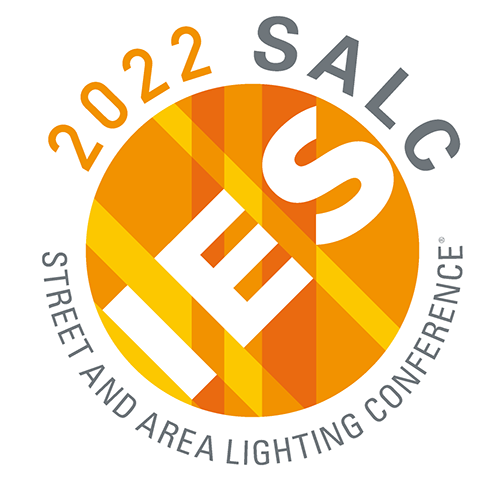How Long Does it Take for Networked Lighting Controllers to Pay for Themselves?
11:00 AM - 11:30 AMTue
Landmark ABC
Speakers
Sponsors and Session Powerpoints
 Networked Lighting Controllers - PDF
Networked Lighting Controllers - PDF
Alternatives to traditional photocell or astronomical clock based streetlight controllers continue to enter the market, and many cities are interested in their potential to reduce operational cost. Energy and maintenance costs reductions can be achieved by implementing adaptive control strategies and integrating remote monitoring capabilities with asset and work-flow management systems. The cost premium for networked lighting controllers (NLC) remains significant enough, however, that end-users may want or need to carefully analyze the return on investment (ROI) of its taxpayer dollars. ROI analysis depends on a number of factors including tariff, controller price, location, nominal power, and control strategy details.
This presentation builds upon the previous work presented at the 2020 SALC on the energy performance of streetlight controllers. A ROI analysis for a benchmark commercial NLC is performed based on the energy and cost savings achieved just by implementing�two different constant lumen output (CLO) strategies (L80 at 16 years, and L90 at 20 years) for 50, 100, 150, 200, and 300W streetlights located in 5 major cities across the U.S. with varying yearly daylight hours.� Further, energy and costs savings are also calculated�for a 20k streetlight installation with a typical distribution of 50-300W units. Finally, energy and cost savings results for these 20k unit installations are used to calculate the ROI of NLCs with $50, $100, $150 price points. More details about the analysis and ways to further increase the savings will be presented along with some recommendations to various stakeholders.

